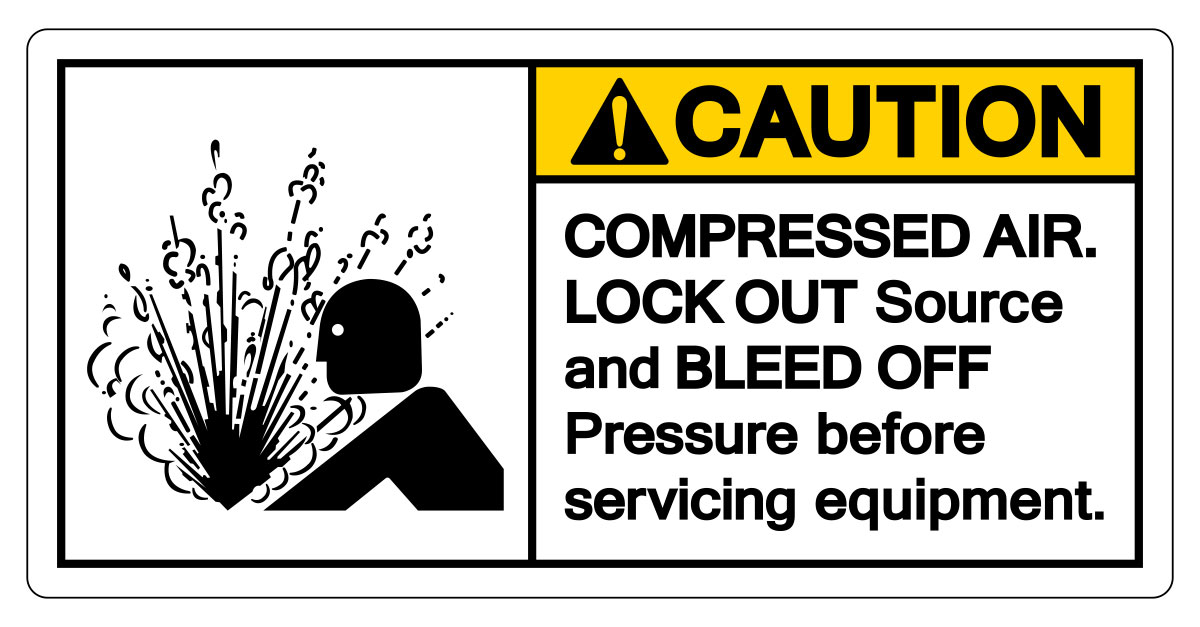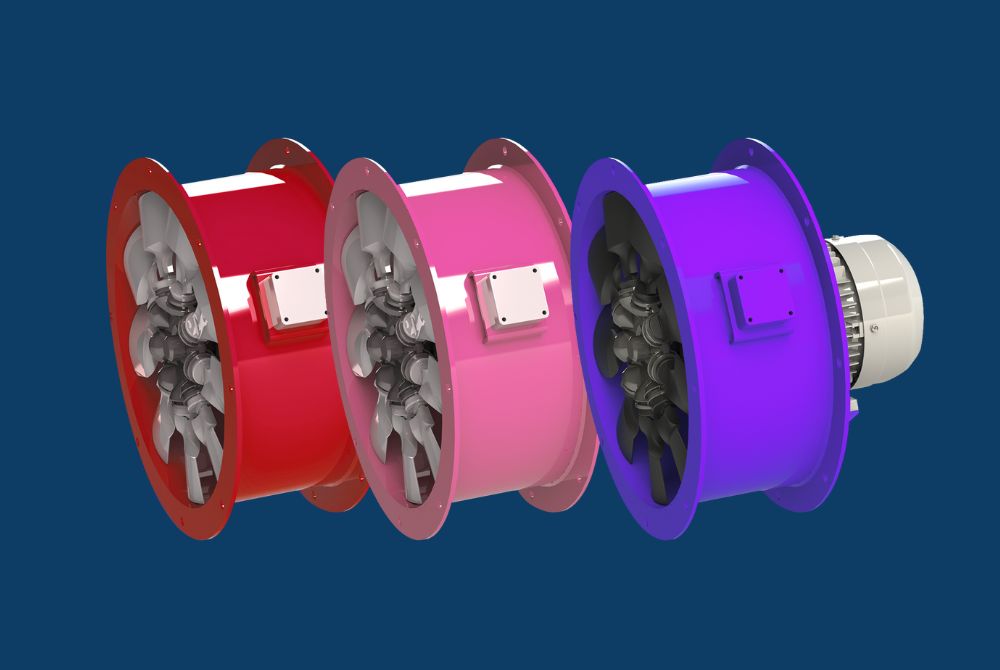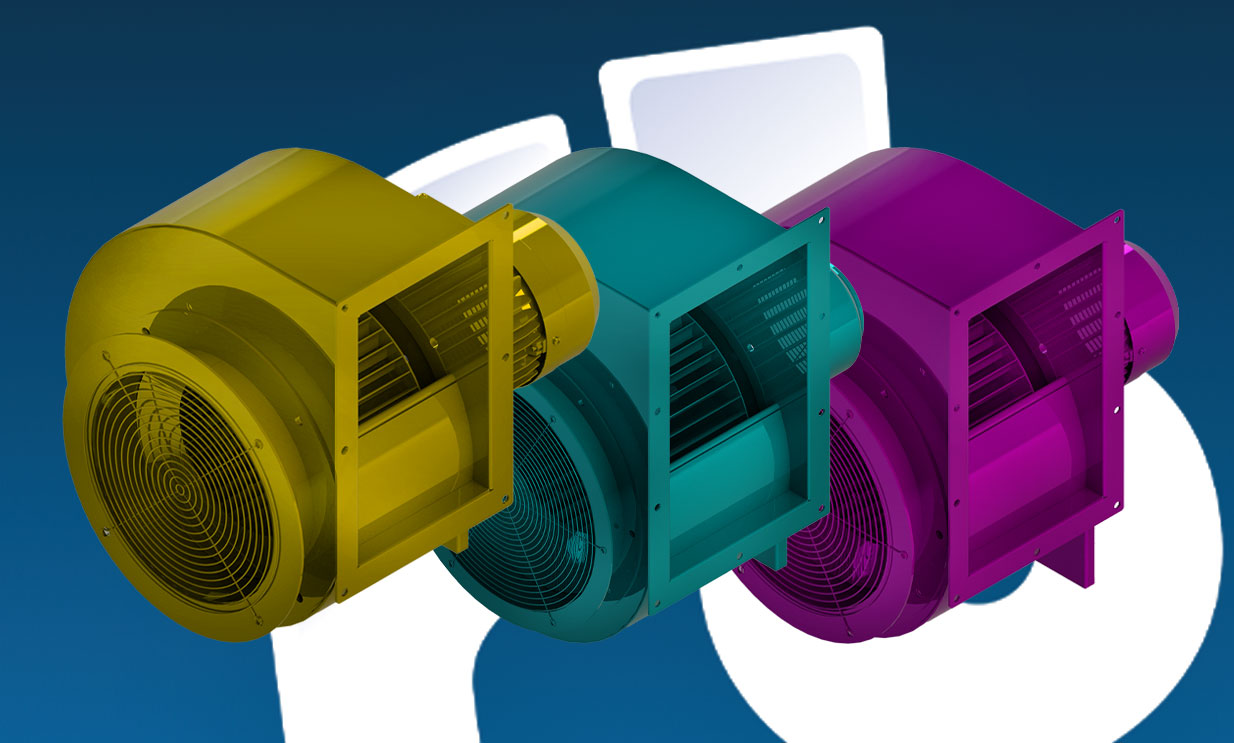
News
Compressed Air Hazards | Safety & Ventilation Solutions
22.07.2025
Compressed Air Hazards – Risks and Safer Alternatives for Industry
Compressed air is a powerful and versatile tool in industrial environments—used for operating pneumatic tools, cleaning machinery, powering processes, and moving materials. But while it’s common across many industries, it can also be dangerous if misused.
At Fans and Blowers, we believe safety starts with understanding the risks. By learning about compressed air hazards and exploring safer air movement solutions, you can protect your workforce and improve workplace efficiency.
Why Compressed Air Can Be Hazardous
Even at relatively low pressures, compressed air can cause injury or damage. Common hazards include:
1. Air Embolism (Air Entering the Bloodstream)
If compressed air is directed at the skin, it can penetrate the body and force air into the bloodstream—an air embolism—which can be fatal.
2. Flying Debris
Using compressed air to clean clothing, tools, or surfaces can launch dust, metal chips, and other debris at high speed, potentially causing eye injuries or skin damage.
3. Hearing Loss
Compressed air tools and nozzles often produce noise above safe occupational limits, increasing the risk of long-term hearing damage if PPE is not used.
4. Respiratory Risks
Compressed air can stir up dust, chemical residues, or microorganisms, putting workers at risk of inhalation hazards.
5. Equipment Damage
High-pressure air can damage sensitive equipment, reduce its lifespan, and cause costly downtime.
Unsafe Practices That Increase Risk
Unfortunately, misuse is still common in some workplaces. Unsafe practices include:
- Blowing dust or debris off skin or clothing.
- Pointing air nozzles at people as a “joke.”
- Using excessive air pressure for cleaning.
- Operating without PPE, such as safety glasses and hearing protection.
Safer Alternatives to Compressed Air Cleaning
While compressed air is valuable for powering tools, there are safer ways to handle dust and debris in industrial settings:
1. Industrial Ventilation and Extraction Systems
Instead of blowing dust into the air, capture it at the source using a Dust Extraction Fan or Centrifugal Extraction Fan.
2. Local Exhaust Ventilation (LEV)
For welding fumes, chemical vapours, or fine dust, LEV systems with high-efficiency fans remove contaminants directly from the breathing zone.
3. Portable Ventilation Fans
For confined spaces or temporary work areas, Portable Blowers can provide fresh air without the hazards of compressed air cleaning.
Compressed Air Safety Guidelines
If compressed air use is unavoidable, follow these safety measures:
- Keep pressure below 30 psi when using for cleaning, as recommended by OSHA.
- Always wear PPE, including eye and hearing protection.
- Use safety nozzles designed to prevent air blockage and reduce velocity.
- Train workers on correct usage and the dangers of compressed air hazards.
Fans and Blowers – Your Safer Air Movement Partner
We help businesses reduce reliance on compressed air for cleaning by offering engineered ventilation solutions that keep air clean, safe, and compliant with workplace regulations.
Whether you need a high-performance extraction fan for dust removal or a portable ventilation blower for confined space work, we can design the right system for your facility.
Conclusion
Compressed air is useful, but its hazards should never be underestimated. By replacing unsafe cleaning practices with engineered ventilation and extraction systems, you can reduce workplace risks, protect your staff, and improve overall air quality.
???? Contact Fans and Blowers today to find safer, more efficient air movement solutions for your industrial environment.
Return To NewsKeep up to date with our
Latest News
-
Fans & Blowers Acquires B.O.B. Stevenson | Announcement
View more -
Dangers of Compressed Air | Safety & Ventilation Solutions
View more -
Large Centrifugal Fan | Industrial High-Volume Airflow
View more -
Fan Test | Industrial Fan Performance and Safety Testing
View more -
Small Centrifugal Fan | Compact & Efficient Airflow Solution
View more -
Blower Working Principle | Industrial Blowers Explained
View more -
Compressed Air Hazards | Safety & Ventilation Solutions
View more -
Construction Fans and Blowers | Industrial Ventilation
View more -
How Is the Centrifugal Blower Turned? Drive Types Explained
View more -
Types of Centrifugal Fans Explained | Industrial Fan Guide
View more -
Industrial Cooling Fans: How they work, Uses and Benefits
View more -
What is a Rotating Shaft on a fan? Applications and Benefits
View more -
Quiet Axial Fans | Low-Noise Industrial Fans with Silencers
View more -
Inlet & Outlet Fan Design | Improve Airflow and Efficiency
View more -
Expert Air Control Solution | Fans Built for Controlling Air
View more -
Fan Motors for Industrial Fans | Direct & Belt Drive Options
View more -
Fan Housing (Volute) Explained | Centrifugal Fan Efficiency
View more -
Fan Impeller Guide | Centrifugal Fan Impeller & Manufacturer
View more -
Compressed Air Safety with Industrial Fans and Blowers
View more -
How Does a Centrifugal Fan Work? | Guide Explained Simply
View more -
What Are Axial Flow Fans? | Industrial Ventilation Explained
View more -
Are Centrifugal Fans Quieter? | Noise Comparison & Benefits
View more -
What Are Centrifugal Fans? | Industrial Fans & Blowers Guide
View more -
What is HVAC? Understanding what HVAC stands for
View more -
How Does an Axial Fan Work? | Learn About Their Functions
View more -
What is ATEX? ATEX Equipment and Explosive Atmospheres
View more -
New Job Vacancy: Welder/Fabricator – Join Our F&B Team!
View more -
Fans and Blowers partner with FBG Servicing for expert industrial fan servicing
View more -
Celebrating National Engineers Week at Fans and Blowers
View more -
Fans & Blowers Introduce Side Channel Blowers to the roster!
View more -
Josh Roddick joins the team as F&B Production Manager!
View more -
A Christmas Message from All of Us at Fans and Blowers
View more -
Fans and Blowers Achieves Recertification ISO 14001 ISO 9001
View more -
Fans and Blowers for Air Knife Systems: Powerful Solutions
View more -
Everything You Need to Know About Axial HVAC Fans
View more -
Silencers for Fans: Reduce your Industrial Noise Levels
View more -
Inlet Filters: Maintain Clean Airflow and Protect Equipment
View more -
New Fans and Blowers Shop Now Live
View more -
Meet Fans and Blowers’ New Apprentice: Finley Huggins!
View more -
ATEX Explosion Proof Fan: Safety in Hazardous Environments
View more -
Discover Our Latest Product: Multivane Forward Curved Fans
View more -
How to Make an Industrial Fan Quiet: Tips and Techniques
View more -
What’s the Difference Between a Radial Fan vs Axial fan
View more -
Learning the importance of Fans & Blowers Industrial Blowers
View more -
Unlocking Reliability and Effectiveness with Bifurcated Fans
View more -
Ensuring Efficiency: The Value of Dust & Fume Extraction
View more -
Exploring the Functions of Gas Booster and Exhauster Fans
View more -
Unleashing the Potential of Axial Fans: Endless Applications
View more -
What are Axial Fans used for?
View more -
Our Fume Extract Fans are Clearing the Air of Hazardous Fumes
View more -
Unveiling ATEX Fans’ Vital Role in Hazardous Environments
View more -
How much electricity does an industrial fan use?
View more -
What is a Centrifugal Blower?
View more -
What is an Axial Fan?
View more -
What is a Centrifugal Fan used for?
View more -
New Vacancy: Welder/Fabricator
View more -
Axial Fans vs Centrifugal Fans
View more -
The advantages of Axial Fans
View more -
Industries that our industrial Fans and Blowers excel in
View more -
Celebrating 50 years of manufacturing
View more -
Introducing a world leading axial fan range
View more -
Centrifugal specialists
View more -
Laser cutting services
View more -
New digital media for 2022
View more -
On-site service and maintenance
View more -
On-site nitrogen production plant
View more -
Meet our new engineering Graduate
View more -
New factory signage
View more -
A fresh new look for our website
View more -
Duncan Celebrates 25 Years at Fans and Blowers
View more -
Weatherproof Acoustic Enclosure to meet noise restrictions
View more -
Fresh Look for the Flat Bed
View more -
BSZ Fans On Their Way To Europe
View more
PRODUCTS WITH EXCEPTIONAL PERFORMANCE
Our Range


Shop Fans
Shop our range of Multi-Vane FansWorldwide shipping
International standards
High performance


